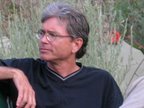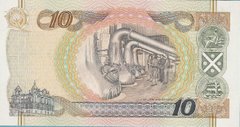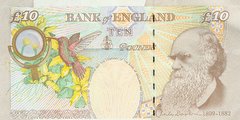I spent this past Friday at my alma mater, UC Berkeley, attending a workshop called Seeing Radiation: Nuclear Science Experiments. It was put on by the American Nuclear Society and hosted by Cal's Nuclear Engineering Department. The program was designed especially for science teachers, hence my professional participation. I previously attended the same workshop on March 11, 2011, which was the day of the tsunami in Japan following the massive offshore earthquake and the subsequent crisis at the Fukushima Daiichi facility. Despite being surrounded by some of the world's most knowledgeable nuclear scientists, we could learn nothing more than what everyone else knew from the news reports. If the workshop had been a week later, we would have been on the cutting edge of the investigation as Berkeley professors and students played a big part in the analysis of the tragedy. Our main instructor both times was Mr. Brooke Buddemeier, a "health physicist" with Lawrence Livermore National Laboratory. He ran the activities and reviewed the basic concepts. We looked at different kinds of ionizing radiation and discussed a variety of health and safety issues. With the help of some graduate students and instructors from the Department we not only put together cloud chambers and used Geiger counters, we got to take both home with us!
Brooke is a relaxed and engaging speaker and he handled our many questions skillfully and gave us a lot to bring home to our students. We also heard again from the brilliant and articulate Dr. Erik Norman, who gave us an overview of basic nuclear theory, and the funny and irreverent Dr. Peter Hoseman, who talked about his research in materials science. In 2011, we got a tour of the old cyclotron building ("up the hill" at Lawrence Berkeley Lab) which is now the Advanced Light Source. This time we toured the research facilities on the main campus and met with doctoral candidates who talked to us about their projects. I was struck by the seriousness, enthusiasm, and openness of the youngsters and the obvious passion for their work and potential careers in the nuclear industry. It gave me a lot of hope for the future of nuclear science. My father-in-law, Bill Rothwell, was one of the first generation of physicists trained in reactor technology at Oak Ridge National Laboratory in the early 1950s. Those men, of course, are all retired or passed on, but I like to think this new crop of kids will be more than adequate replacements. Radioactive materials are used to make electricity, diagnose and treat medical conditions, search for oil and other resources, protect our borders, analyze structures, and investigate the very nature of our universe, among other things. It was both fun and rewarding to spend the day with all these bright and curious people--I need to do that sort of thing more often!
MLB and the Faustian Bargain
-
*"I'm shocked, shocked to find that gambling is going on in here!"*
Major League Baseball knew they were playing with fire when they jumped
into bed w...
4 weeks ago






